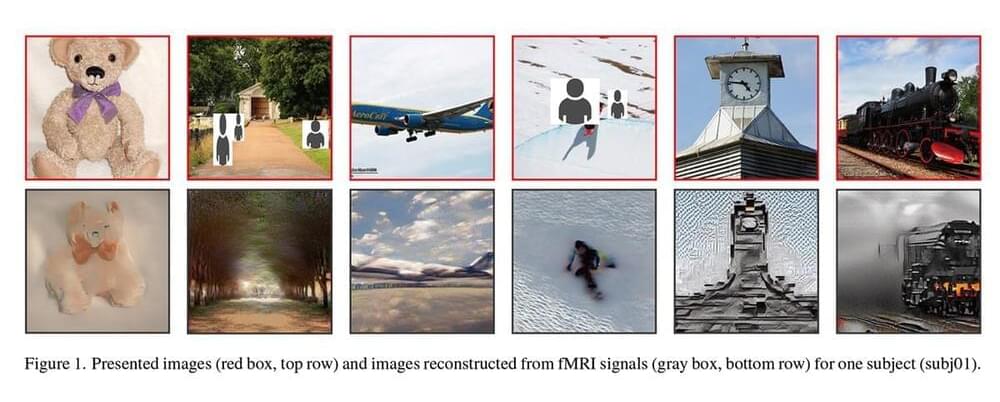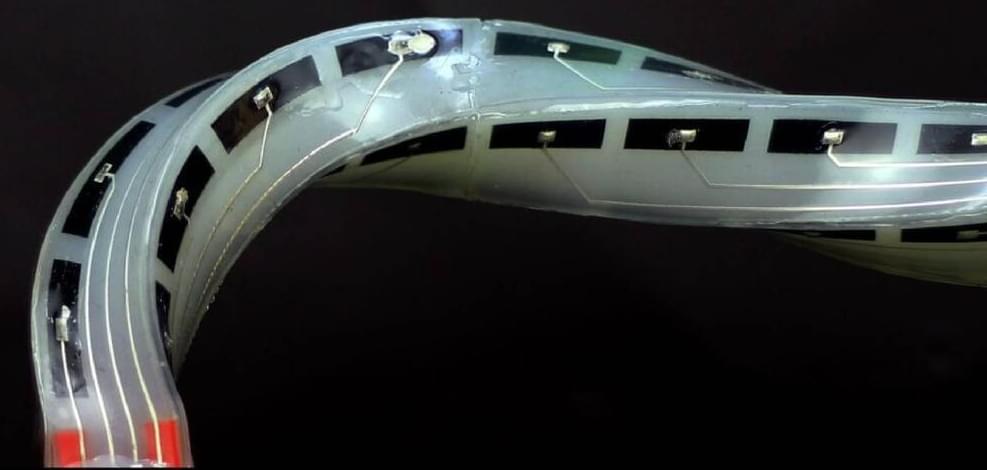John Danaher, Senior Lecturer in Law at the National University of Ireland (NUI) Galway:
“Understanding Techno-Moral Revolutions”
Talk held on August 24, 2021 for Colloquium of the Center for Humans and Machines at the Max Planck Institute for Human Development, Berlin.
It is common to use ethical norms and standards to critically evaluate and regulate the development and use of emerging technologies like AI and Robotics. Indeed, the past few years has seen something of an explosion of interest in the ethical scrutiny of technology. What this emerging field of machine ethics tends to overlook, however, is the potential to use the development of novel technologies to critically evaluate our existing ethical norms and standards. History teaches us that social morality (the set of moral beliefs and practices shared within a given society) changes over time. Technology has sometimes played a crucial role in facilitating these historical moral revolutions. How will it do so in the future? Can we provide any meaningful answers to this question? This talk will argue that we can and will outline several tools for thinking about the mechanics of technologically-mediated moral revolutions.
About the Speaker:
John Danaher is a Senior Lecturer in Law at the National University of Ireland (NUI) Galway. He is the author of Automation and Utopia (Harvard 2019), co-author of A Citizen’s Guide to AI (MIT Press 2021) and the coeditor of Robot Sex: Social and Ethical Implications (MIT Press 2017). His research focuses on the ethics and law of emerging technologies. He has published papers on the risks of advanced AI, the meaning of life and the future of work, the ethics of human enhancement, the intersection of law and neuroscience, the utility of brain-based lie detection, and the philosophy of religion. His work has appeared in The Guardian, Aeon, and The Philosophers’ Magazine.





